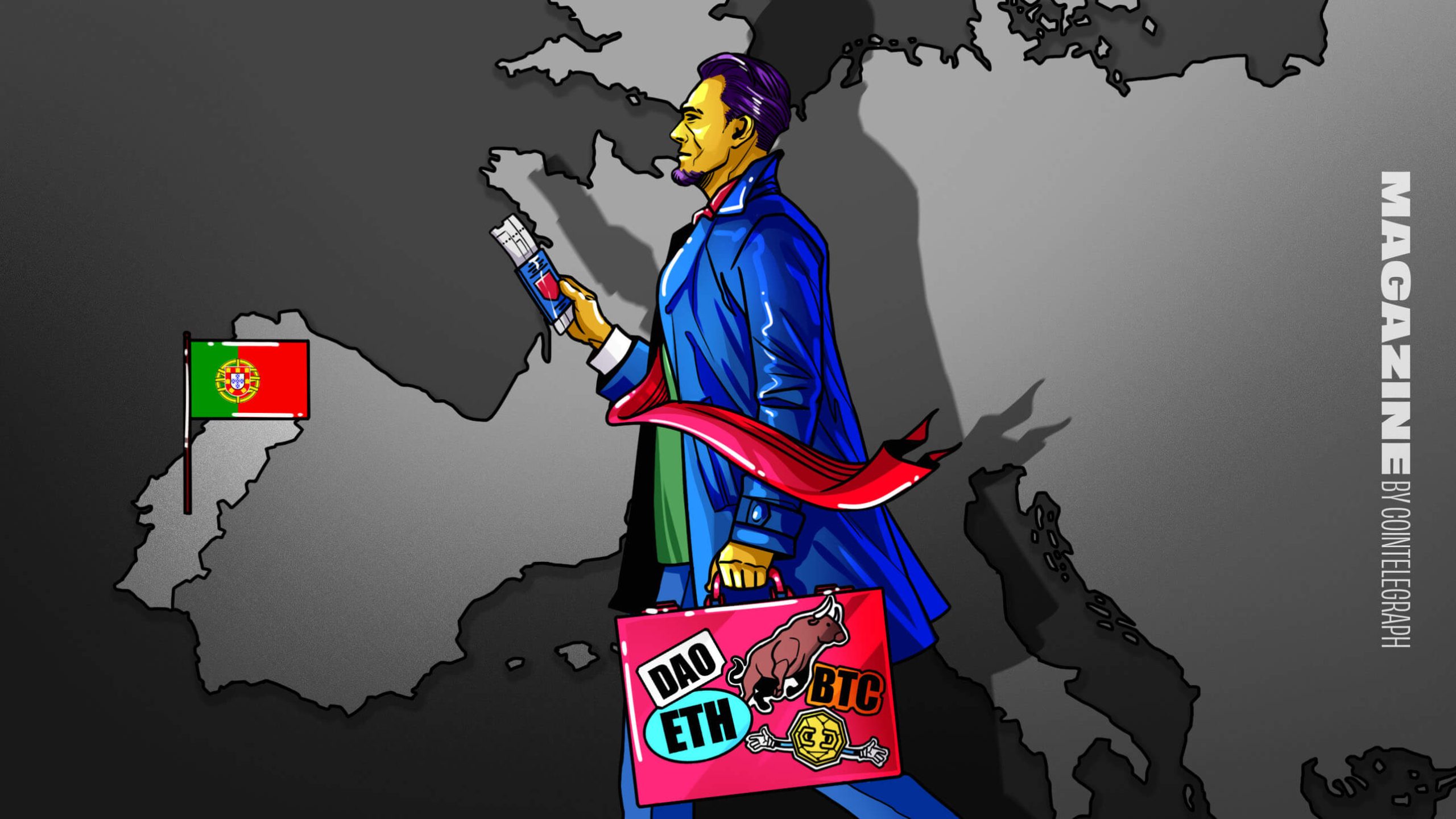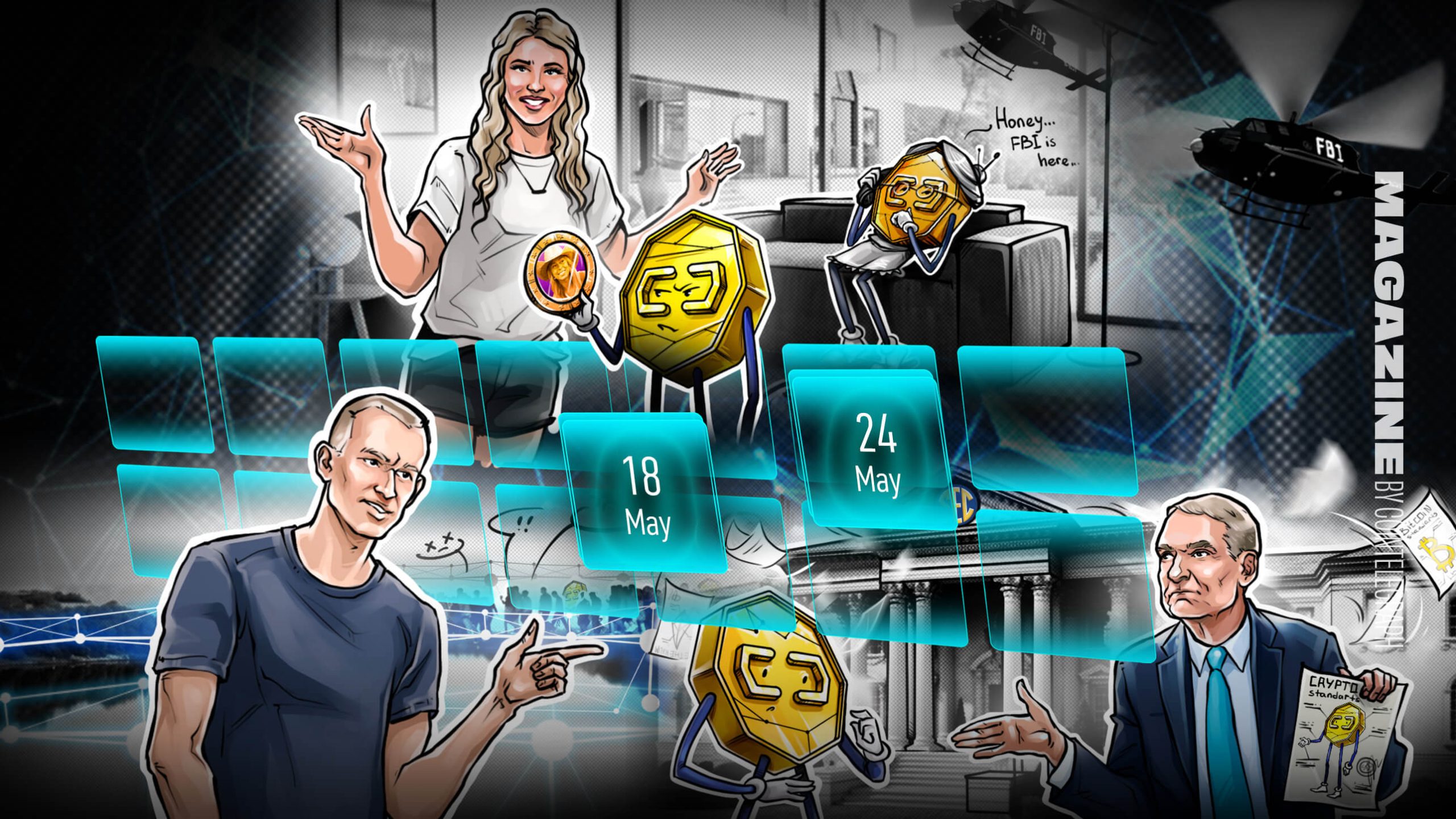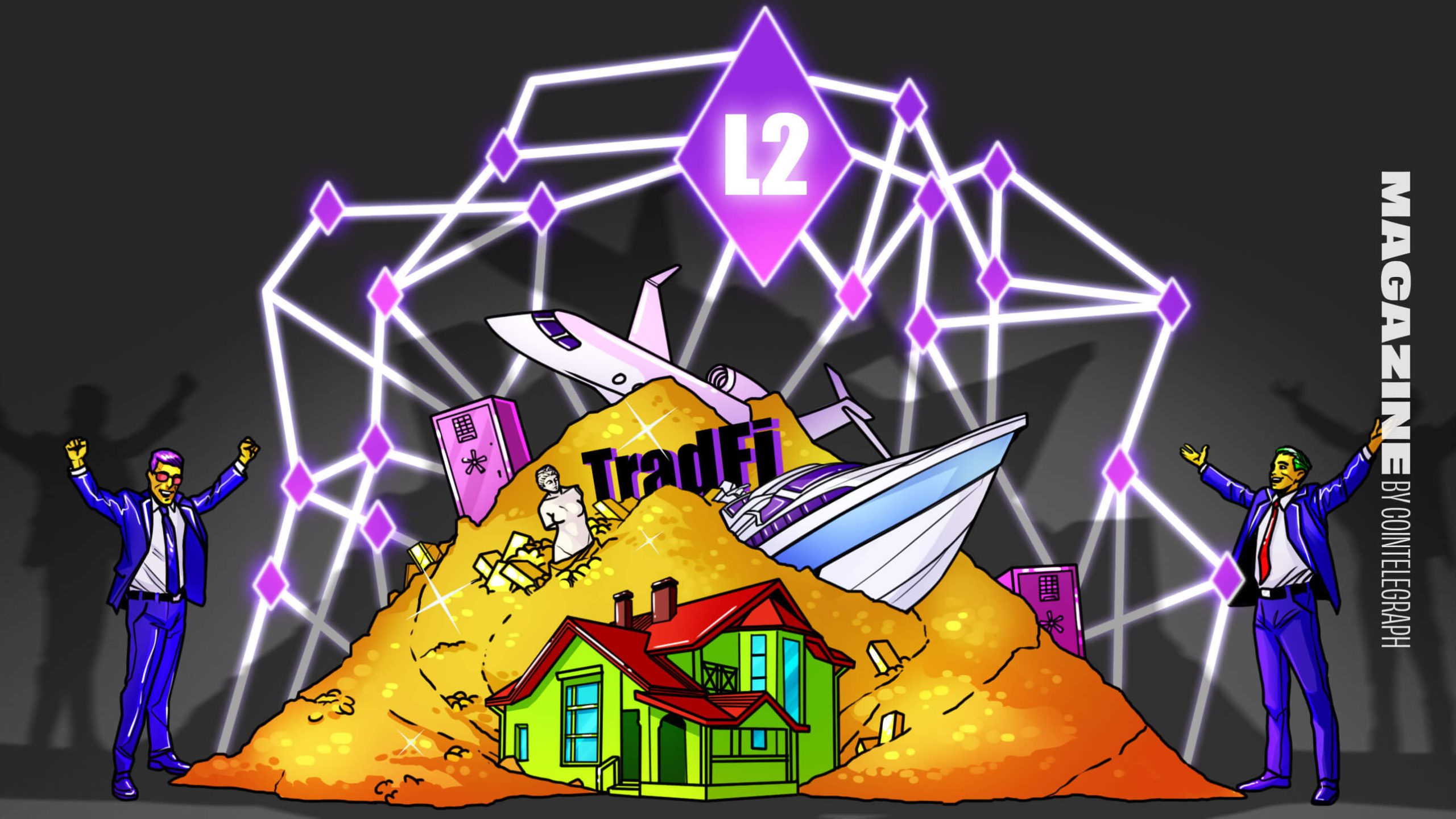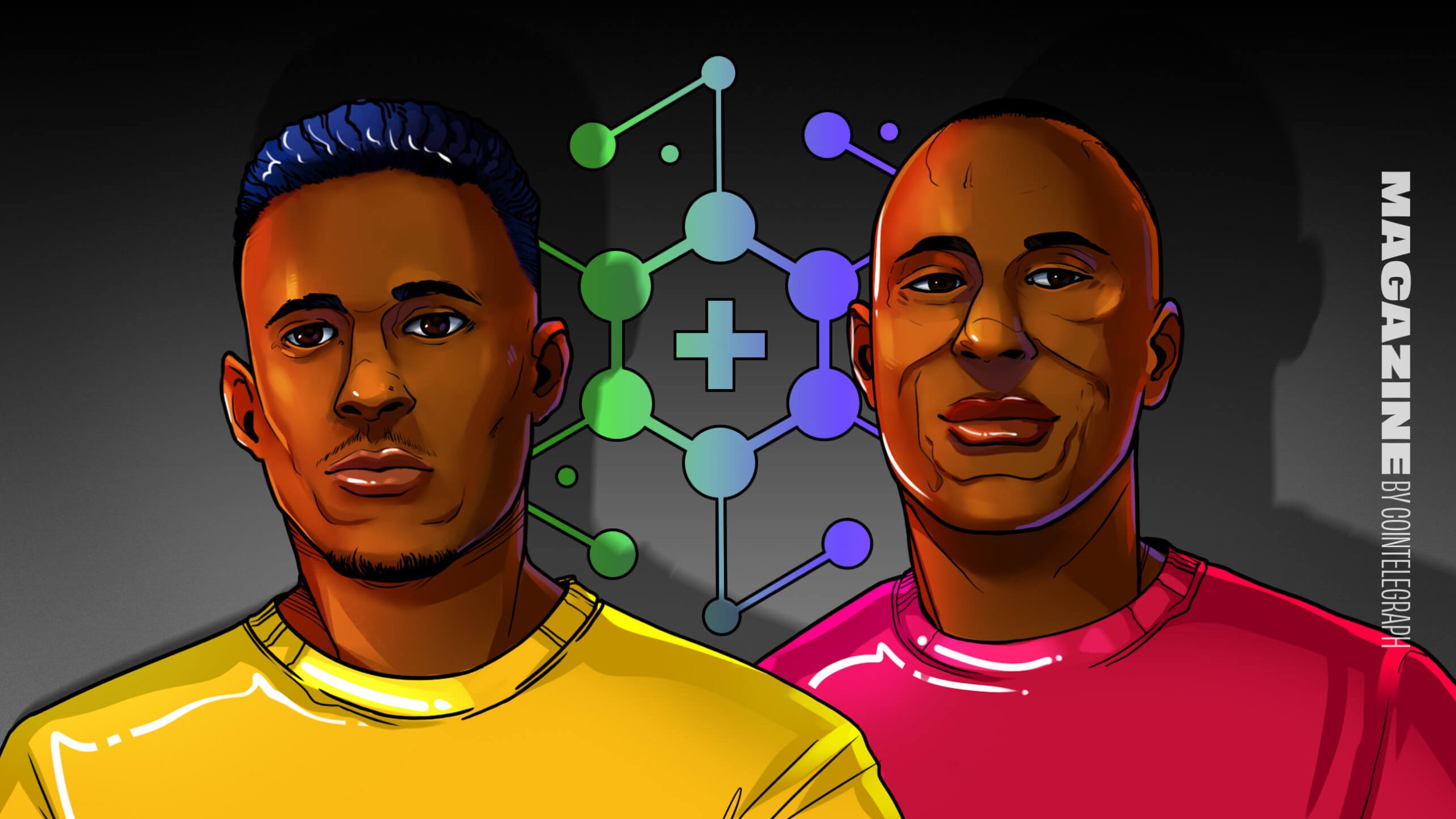<p>Ethereum, the
world's second-largest cryptocurrency in terms of market capitalization, is
undergoing a significant upgrade known as Ethereum 2.0. This upgrade is
intended to address some of the current Ethereum network's scalability and
security issues. </p><p>In this
article, we will look at Ethereum 2.0's key components, such as the Beacon
Chain, Proof-of-Stake, and Sharding. </p><p>The Beacon
Chain</p><p>The Beacon
Chain is Ethereum 2.0's first phase, and it is already operational. It is a new
blockchain that will be used to coordinate the activities of other shards that
will be added in subsequent phases. The Beacon Chain employs a new consensus
algorithm known as Proof-of-Stake (PoS), which replaces the current Ethereum
network's Proof-of-Work (PoW) algorithm. </p><p>Proof-of-Stake
</p><p>The Beacon
Chain uses Stake as a consensus algorithm to validate transactions and create
new blocks. In contrast to PoW, which requires miners to solve complex
mathematical problems in order to validate transactions, PoS requires
validators to stake a certain amount of Ethereum in order to participate in the
validation process. </p><p>Validators are
chosen based on the amount of Ethereum staked, and their participation is
rewarded with newly created Ethereum. </p><p>One advantage
of PoS is that it consumes less energy than PoW. PoW necessitates the use of
significant amounts of energy by miners to solve complex mathematical problems,
whereas PoS only necessitates validators to stake Ethereum. As a result, PoS is
a more environmentally friendly option than PoW. </p><p>Sharding </p><p>Sharding is a
key component of Ethereum 2.0, and it is intended to improve the Ethereum
network's scalability. Currently, every transaction must be processed by all
nodes in the Ethereum network, which can cause congestion and slow transaction
times. </p><p>Sharding
addresses this issue by dividing the network into smaller, more manageable
shards. </p><p>Each shard can
process its own transactions, reducing network load and increasing transaction
throughput. This increases the network's scalability and allows it to handle a
greater number of transactions. </p><p>The
Advantages of Ethereum 2.0 </p><p>Ethereum 2.0
has a number of advantages over the current Ethereum network. One of the
primary advantages is increased scalability. Ethereum 2.0 can process more transactions
per second than the current Ethereum network thanks to sharding. </p><p>This is
critical for Ethereum's growth and adoption because it will allow it to handle
more users and applications. </p><p>Increased
security is another advantage of Ethereum 2.0. The use of PoS in the Beacon
Chain increases network security by lowering the likelihood of 51% attacks. A
51% attack occurs in a PoW network when a single miner or group of miners
controls more than 50% of the network's mining power. </p><p>This allows
them to manipulate transactions and possibly double-spend coins. Validators in
PoS are chosen based on the amount of Ethereum staked, making it more difficult
for a single entity to gain control of the network. </p><p>Finally,
Ethereum 2.0 is less harmful to the environment than the current Ethereum
network. PoS reduces the amount of energy required to validate transactions,
making it a more sustainable alternative to PoW. </p><p>Ethereum 2.0
Challenges </p><p>While Ethereum
2.0 has several advantages, it also has some implementation challenges. The
transition from the current Ethereum network to Ethereum 2.0 is one of the most
difficult challenges. This will necessitate extensive coordination and testing
to ensure that the transition goes smoothly and that the network remains
secure. </p><p>Another issue
is the possibility of centralization. Validators in PoS are chosen based on the
amount of Ethereum they possess. </p><p>This means that
those with more Ethereum have a better chance of being chosen as validators,
which may lead to network centralization. To address this issue, Ethereum 2.0
is introducing the Slashing Condition, which penalizes validators who act
maliciously or go offline for extended periods of time. </p><p>Finally,
interoperability is a concern. Because Ethereum 2.0 is a distinct blockchain
from the current Ethereum network, applications and smart contracts built on
the current network will be incompatible with Ethereum 2.0. Adoption may be
hampered as a result of the need for developers and users to rebuild their
applications and contracts to work with the new network. </p><p>What Is the
Future of Ethereum 2.0? </p><p>The first phase
of Ethereum 2.0, the Beacon Chain, is already operational, and the development
team is currently working on implementing the subsequent phases, which will
include the addition of shards and the migration of the current Ethereum
network to Ethereum 2.0. </p><p>The development
team is working in stages to ensure that each phase is thoroughly tested before
proceeding to the next. </p><p><a href="https://www.financemagnates.com/cryptocurrency/coins/the-rise-of-defi-how-ethereum-is-leading-the-way/" target="_blank" rel="follow">Ethereum 2.0
has the potential to revolutionize the blockchain industry once it is fully
implemented</a>. With improved scalability, security, and energy
consumption, it could very well become the go-to platform for decentralized applications and
smart contracts. </p><p>Will ETH 2.0
Topple Bitcoin?</p><p>As two of the
most prominent cryptocurrencies in the market, Bitcoin (BTC) and Ethereum (ETH)
have been long-time competitors in the cryptocurrency space. However, with the
recent launch of Ethereum 2.0, many have begun to wonder how the two compare.</p><p>Bitcoin, the
world's first cryptocurrency, was created in 2009 and has been the market
leader ever since. It was designed to be a decentralized currency, allowing
users to send and receive payments without the need for intermediaries like
banks or financial institutions. Bitcoin's primary use case has been as a store
of value and a medium of exchange.</p><p>Ethereum, on
the other hand, was created in 2015 as a decentralized platform for building
decentralized applications (dApps). It introduced the concept of smart
contracts, which are self-executing contracts with the terms of the agreement
between buyer and seller being directly written into lines of code. This made
it possible to build decentralized applications that could execute complex
logic and automate processes without the need for intermediaries.</p><p>With the launch
of Ethereum 2.0, the Ethereum network is undergoing a major upgrade. This
upgrade aims to solve some of the scalability and security issues that have
plagued the Ethereum network, making it more efficient and secure. Ethereum 2.0
introduces a new consensus algorithm called Proof of Stake (PoS), which
replaces the existing Proof of Work (PoW) consensus algorithm.</p><p>Bitcoin, on the
other hand, still uses the PoW consensus algorithm. This means that Bitcoin
mining requires a massive amount of computing power, making it extremely
energy-intensive. Bitcoin's transaction throughput is also limited by the block
size and block time, which can lead to slow and expensive transactions during
times of high demand.</p><p>With Ethereum
2.0, the network is expected to become much more scalable, with the ability to
process thousands of transactions per second. This will make it more
competitive with traditional payment systems and position it as a serious
contender in the global financial system.</p><p>However,
Bitcoin still holds its position as the dominant cryptocurrency and the store
of value of choice for many investors. Its fixed supply of 21 million BTC has
led to its reputation as a "digital gold," and its popularity has
only increased in recent years with the rise of institutional adoption.</p><p>One of the biggest
differences between Ethereum and Bitcoin is ETH’s ability to facilitate smart
contracts. Smart contracts are self-executing contracts with the terms of the
agreement between buyer and seller being directly written into lines of code.
This allows for trustless transactions and eliminates the need for
intermediaries. Bitcoin, on the other hand, is primarily used as a store of
value and a means of exchange.</p><p>In terms of
their respective communities, Bitcoin has a more established and passionate
community of supporters, while Ethereum has a more diverse ecosystem of
developers, users, and applications.</p><p>In conclusion,
while both Bitcoin and Ethereum have their strengths and weaknesses, Ethereum
2.0's launch marks a significant step forward in the evolution of the
cryptocurrency space. As the two continue to compete, it will be interesting to
see how they develop and how they continue to shape the future of finance.</p><p>Conclusion </p><p>Ethereum 2.0 is
a significant upgrade to the current Ethereum network that is intended to
address scalability and security concerns. The Beacon Chain, Proof-of-Stake,
and Sharding are key components of Ethereum 2.0, and each provides distinct
advantages to the network. </p><p>While Ethereum
2.0 has significant advantages over the current network, there are also
implementation challenges, such as the transition from the current network and
the possibility of centralization. </p><p>Despite these
obstacles, Ethereum 2.0 has the potential to revolutionize the blockchain
industry and become the decentralized application and smart contract platform
of choice.</p>
This article was written by Finance Magnates Staff at www.financemagnates.com.

You can get bonuses upto $100 FREE BONUS when you:
💰 Install these recommended apps:
💲 SocialGood - 100% Crypto Back on Everyday Shopping
💲 xPortal - The DeFi For The Next Billion
💲 CryptoTab Browser - Lightweight, fast, and ready to mine!
💰 Register on these recommended exchanges:
🟡 Binance🟡 Bitfinex🟡 Bitmart🟡 Bittrex🟡 Bitget
🟡 CoinEx🟡 Crypto.com🟡 Gate.io🟡 Huobi🟡 Kucoin.





















Comments